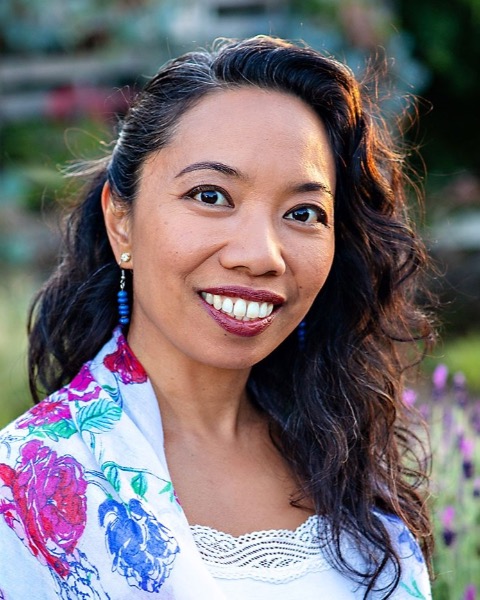Deep Dive - 40-minute presentation
Social Justice and Health Equity
G1: Deep Dive: We Deserve Clean Air: CBPAR & Social Media to Advance Health Equity for Low-Income Residents
G1.01 - Deep Dive: We Deserve Clean Air: CBPAR and Social Media to Advance Health Equity for Low-Income Residents
Friday, April 18, 2025
8:15 AM - 9:15 AM PST
Location: Main Stage (International Ballroom), 2nd Floor
Earn 1.0 Entry CECH
Area of Responsibility: Area V: Advocacy
Subcompetencies: 5.1.2 Examine evidence-informed findings related to identified health issues and desired changes., 5.2 Engage coalitions and stakeholders in addressing the health issue and planning advocacy efforts.
Subcompetencies: 5.1.2 Examine evidence-informed findings related to identified health issues and desired changes., 5.2 Engage coalitions and stakeholders in addressing the health issue and planning advocacy efforts.

Ruby Turalba-Khalil, EdD, MPH
Lecturer Faculty
San Francisco State University
San Francisco, California, United States
Presenter(s)
Learning Objectives:
At the end of this session, participants will be able to:
- Explain one strength and one challenge of grassroots organizing for community health.
- Identify two community-based participatory action research methods to assess community health issues requiring policy change.
- Describe three policy advocacy strategies to advance health equity.
Detailed abstract description: Community members of San Francisco’s South of Market (SOMA) neighborhood are disproportionately exposed to traffic-induced air pollution resulting from the area’s proximity to major freeways and downtown businesses. Ongoing construction projects that release particulate matter and the increased likelihood of residing in older buildings that lack updated filtration units can also exacerbate community exposure to poor air quality. Urban air pollution is particularly harmful for children, seniors, and people with underlying health conditions or disabilities. Poor air quality has been linked to chronic health conditions such as asthma, respiratory infections, cardiovascular disease, and cancer. Traffic congestion endangers pedestrian safety and produces noise pollution. A collaborative partnership among local residents, a grassroots organization, and a university researcher used community-based participatory action research and social media to advance health equity for SOMA community members.
An assessment was conducted by community health ambassadors to better understand the health impacts of air quality and traffic congestion in the SOMA neighborhood. The assessment utilized both surveys and follow-up interviews from SOMA residents, workers, and visitors. The assessment also inquired about community members’ access to open space, as well as their recommendations to address environmental health, safety, and quality of life. Assessment data guides community planning, organizing efforts, and policy advocacy strategies to address traffic safety, environmental health, and community well-being.
Such efforts include a community-led social media campaign to raise awareness about the impact of traffic congestion and poor air quality on San Francisco’s downtown residents, workers, and visitors. Community members presented the assessment findings to local transportation board members and advocated for traffic calming measures in their neighborhood. Leveraging the power of social media, the Clean Air campaign aims to amend local health codes to enhance ventilation systems in single-room occupancy housing, rent-controlled buildings, and apartments in which many low-income residents reside. CBPAR and social media are innovative tools for community organizing and activism to champion social change and environmental justice.

